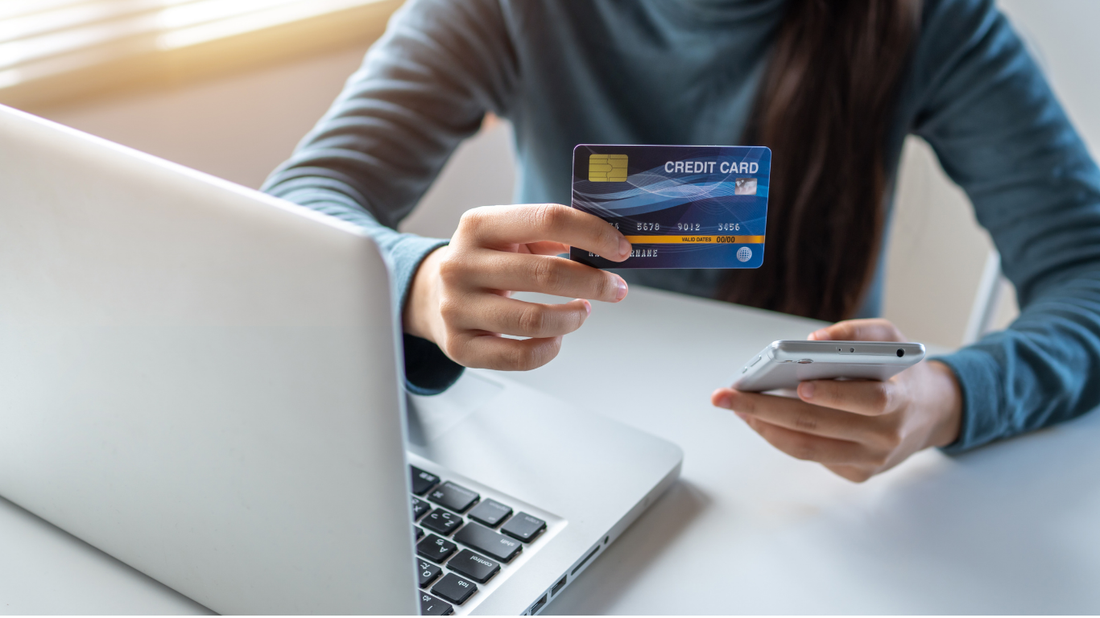Credit Cards 101: A Quick Guide for Your Grad

Share
Your high school graduate may be ready for the world—but are they ready for credit?
Credit cards are often part of a young adult’s first step into financial independence. Used well, they can help build a strong credit profile. Used poorly, they can lead to stress, debt, and years of repair.
It’s easy to assume they’ll figure it out, but here’s the catch: credit cards are designed to be confusing—and profitable for the company, not the user. That’s why a little guidance now can save your student a lot of pain later.
“Many kids come out of college, they have a credit card and a diploma. They don't know how to buy a house or a car or health insurance or life insurance. They do not know basic microeconomics.”
- Jesse Jackson
One Simple Tip: Always Pay On Time
A late payment isn’t just a one-time oops. It comes with fees and damage to your credit score that can stick around for years. Encourage your student to set up automatic payments or calendar reminders. Protecting their score now can make it easier to rent an apartment, buy a car, or get approved for a better rate later.
There’s more to know—like how cash advances can wreck a budget fast, why interest rates are sky-high, and what your student really needs to watch out for.
You’ll find all that and more in the book Unsolicited Advice for the High School Graduate: A Practical Guide for Becoming Independent. It's packed with helpful, non-preachy guidance on money, life, roommates, study habits, and more. Go to Amazon.com to get your copy.
Or check out our FREE checklist: “Credit Cards: Handle With Care”
It’s the quick-read version of what your student needs to know—before they swipe.
Bottom line: You don’t need to lecture—you just need to give them the right tools. Let us help.
